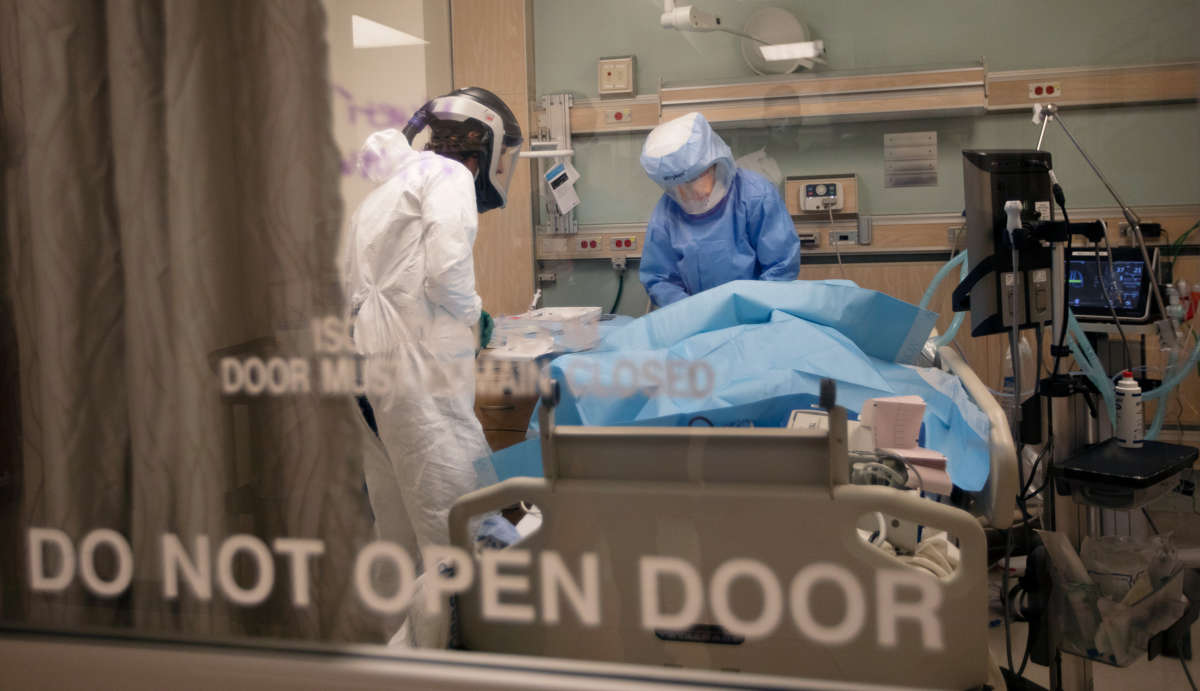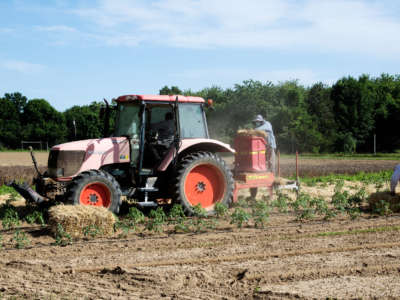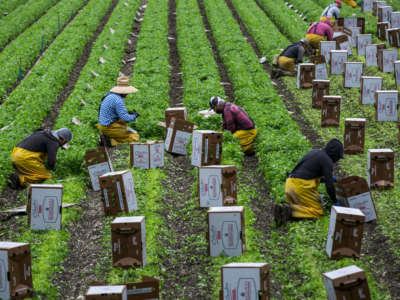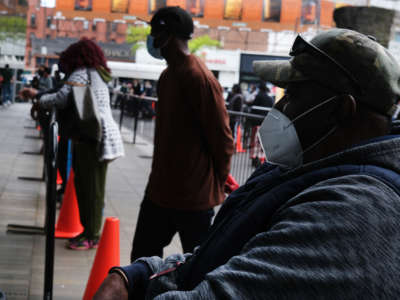
New Centers for Disease Control and Prevention data out Wednesday shows that life expectancy in the U.S. fell by one and a half years in 2020, a decline fueled in large part by the deadly coronavirus pandemic.
“U.S. life expectancy at birth for 2020, based on nearly final data, was 77.3 years, the lowest it has been since 2003,” reads a new report from the CDC’s National Center for Health Statistics. “Mortality due to Covid-19 had, by far, the single greatest effect on the decline in life expectancy at birth between 2019 and 2020, overall.”
The new CDC figures indicate that 2020 saw the steepest single-year decline in life expectancy in the U.S. — from 78.8 years in 2019 to 77.3 last year — since World War II.
“I myself had never seen a change this big except in the history books,” Elizabeth Arias, a CDC demographer and lead author of the new report, told the Wall Street Journal.
U.S. life expectancy dropped by 1.5 years in 2020, the biggest decline since World War II.
Life expectancy decreased an average of 0.22 years in peer countrieshttps://t.co/sCYQBWoh7v pic.twitter.com/18A4Mn0Ajk
— Gabriel Zucman (@gabriel_zucman) July 21, 2021
Given that they are more likely to work jobs with a high risk of coronavirus exposure and lack adequate healthcare, Black and Hispanic people have been disproportionately affected by the pandemic and the resulting fall in life expectancy.
“Between 2019 and 2020, life expectancy decreased by 3 years for the Hispanic population (81.8 to 78.8),” the CDC found. “It decreased by 2.9 years for the non-Hispanic black population (74.7 to 71.8) and by 1.2 years for the non-Hispanic white population (78.8 to 77.6).”
Other factors contributing to the decline in life expectancy last year, according to the CDC, were drug overdoses, homicide, diabetes, and chronic liver disease and cirrhosis.
“It’s horrific,” Anne Case, a professor emeritus of economics and public affairs at Princeton University, told the Washington Post. “It’s not entirely unexpected given what we have already seen about mortality rates as the year went on, but that still doesn’t stop it from being just horrific, especially for non-Hispanic Blacks and for Hispanics.”We’re in this togetherWe know that everyone in Truthout’s reader community will be touched by this pandemic in one way or another. That’s why we’re devoting ourselves to covering it as thoughtfully, accurately and creatively as possible.Truthout relies on donations from readers to keep publishing, and right now the news is moving more quickly than ever. If you can, please chip in to support trustworthy, fearless journalism at this time when it’s needed most. DONATE NOWThis piece was reprinted by Truthout with permission or license. It may not be reproduced in any form without permission or license from the source.Jake Johnson
Jake Johnson is a staff writer for Common Dreams. Follow him on Twitter: @johnsonjakep.MORE BY THIS AUTHOR…
RELATED

Many Agricultural Workers Still Can’t Get COVID Vaccine as Growing Season Begins
Exclusion from vaccine eligibility is emblematic of how farmworkers, many of them migrants, are treated in general.by Leanna First-Arai, Truthout

Amid COVID and Wildfires, Farmworkers Have Been Pushed to the Brink
This administration has declared farmworkers essential but failed to provide them adequate work conditions and pay.by Anthony Pahnke, Truthout

Black Workers Hit Harder and Earlier by COVID Unemployment, New Report Shows
More Black workers lost their jobs in February and March than their white counterparts, the economic report found.by Chris Walker, Truthout



